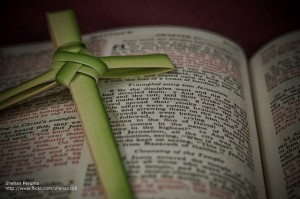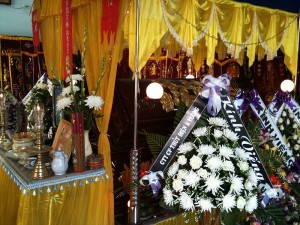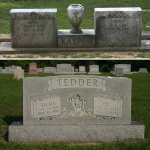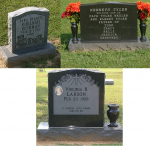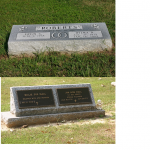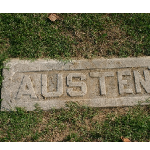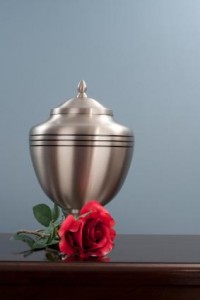Ask The Funeral Expert:
Cost of economical burial services, not cremation.
Please can you email me the information at this time. I am not ready to discuss this over the phone. Thanks Bob
Funeral Expert Reply:
Bob,
Depending on where you live and the funeral services and goods you need, burial costs can vary. Although I can’t give you a specific price for your area, I can help you understand how funeral costs are based. With this information, you will be able to plan an economical burial through a funeral home in your area.
First, the Federal Trade Commission (United States) has established a regulation for the funeral industry called The Funeral Rule. This rule basically establishes the right of the consumer to buy funeral goods and services separately. Every funeral home is required by law to furnish, if asked, a written price list for goods and services offered. This means that unless specified by law, you are not required to purchased certain goods or services for burial. Also, funeral directors are required by law not to mis-lead consumers about what is required by law. What particular goods and services required for burial are governed individually by state under their “Deposition of the Dead” laws. Most states have a governmental website where you can find the requirements. So you may want to check your states requirements before contact a funeral home in your area.
Most Economical Burial Option
So the most economical burial, not involving cremation, is direct burial. With this type of burial service, you pay only for the basic service fee, storage fee, casket and transportation to the cemetery. In this case, the body is not embalmed (no state requires embalming if the funeral remains in the state) and there is no visitation or funeral service. However, you may be required to pay extra for the cemetery plot, grave opening/closing and the grave marker.
What is the basic Service Fee?
The basic service fee which includes planning of the funeral, the permits, (1) death certificate, preparation of death notice, storage of the remains and co-ordination with the cemetery can be as low as $500 and as high as $3000.
Extra death certificates can cost between $10 to $15 per copy. You will need at least 1 copy. If you are the beneficiary of the deceased’s life insurance, social security or pension plans, you will need a death certificate for each.
Some funeral homes charge extra for death notices and obituaries over a certain amount of content.
Casket and Burial Vault Requirements
Casket pricing is determined by the type and features of the casket. Wood caskets in particular pine caskets are often the least expensive. Metal caskets are the most expensive, but not required for burial. Casket prices can range from $500 to $15,000.
Burial vaults and grave liners are not required by any U. S. state. However, some cemeteries require a burial vault or grave liner. Burial vaults can range from $800 to $14,000.
Cemetery Plots, Opening/Closing, Grave Markers
Every cemetery has its own pricing schedule, but a national range for plots is between $400 to $10,000.
The opening and closing of a grave usually runs between $300 to $1000.
Depending on how elaborate, what type of material and/or the size of the grave marker, the price can fluctuate greatly.
Contacting a Funeral Home in Your Area
Hopefully the information above will help you discuss your burial options with a funeral home in your area. Please let me know if I can help you find a funeral home in your area.

